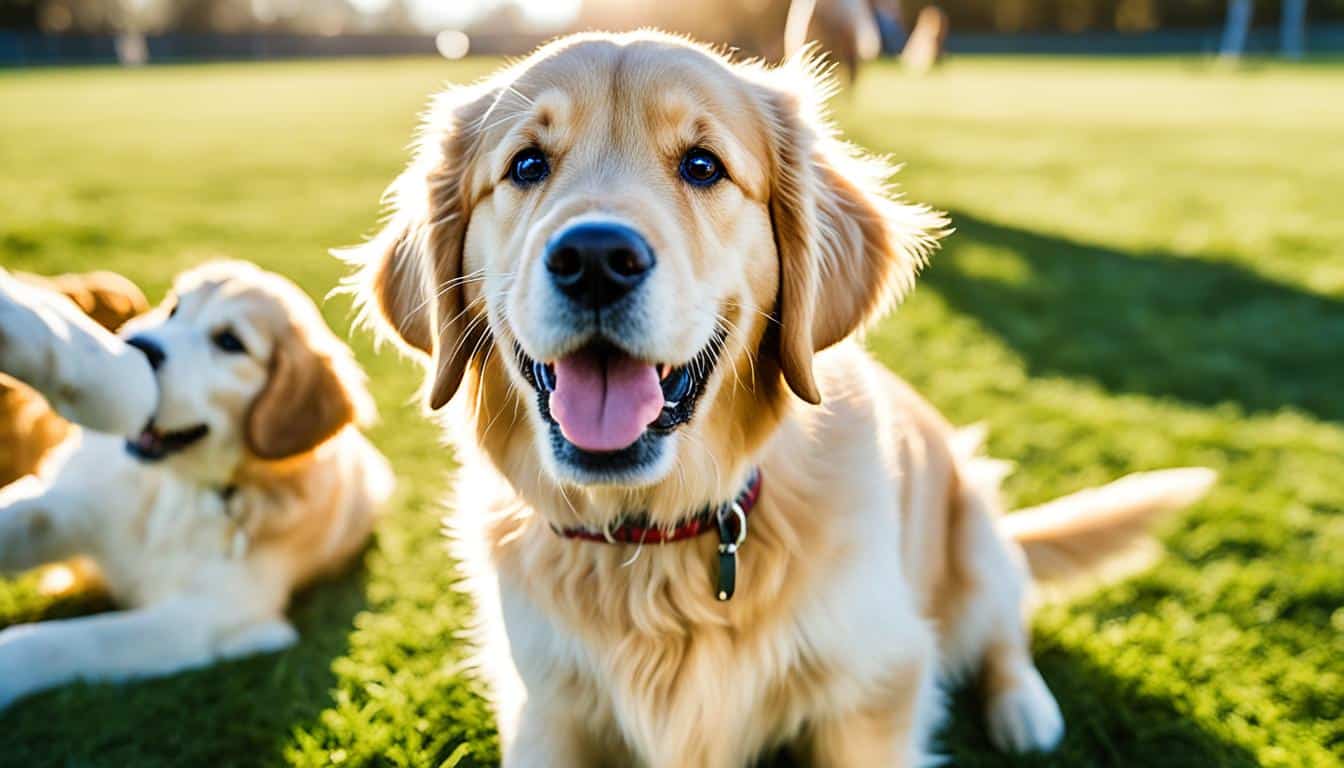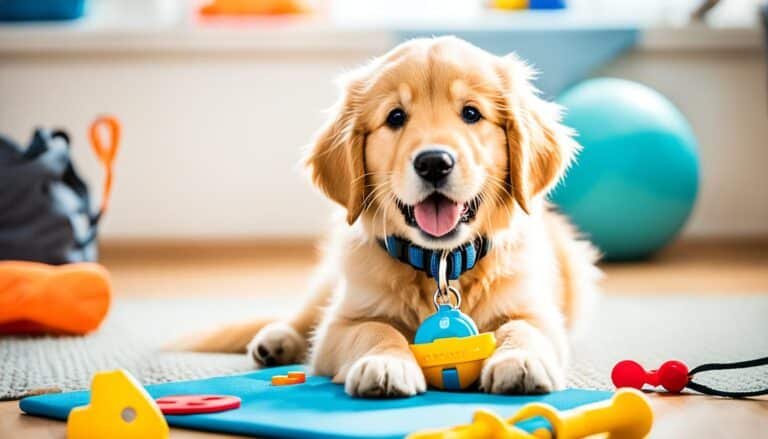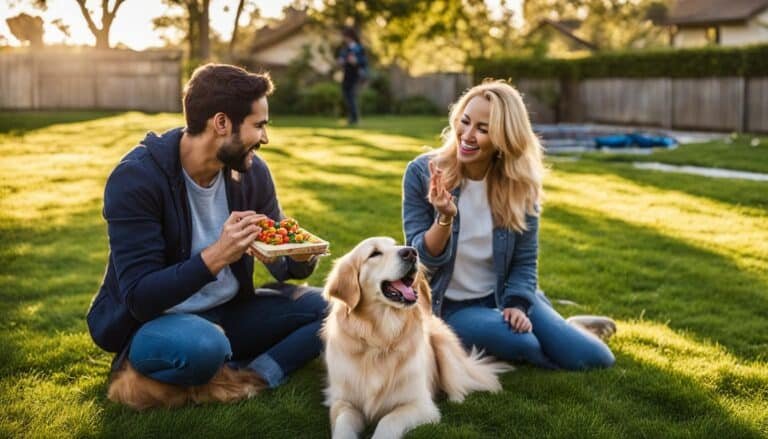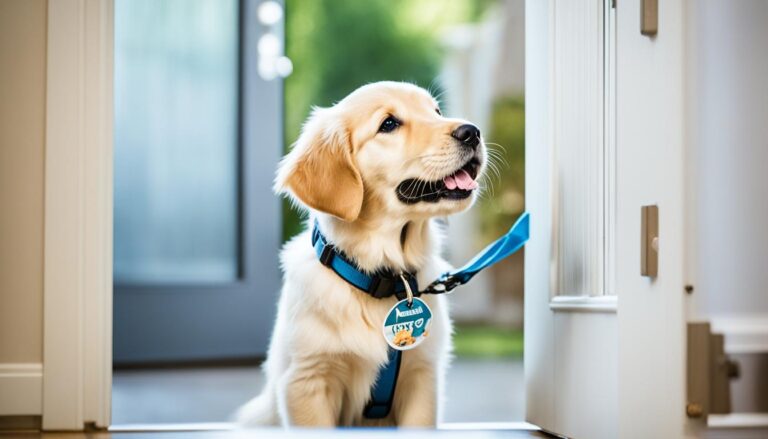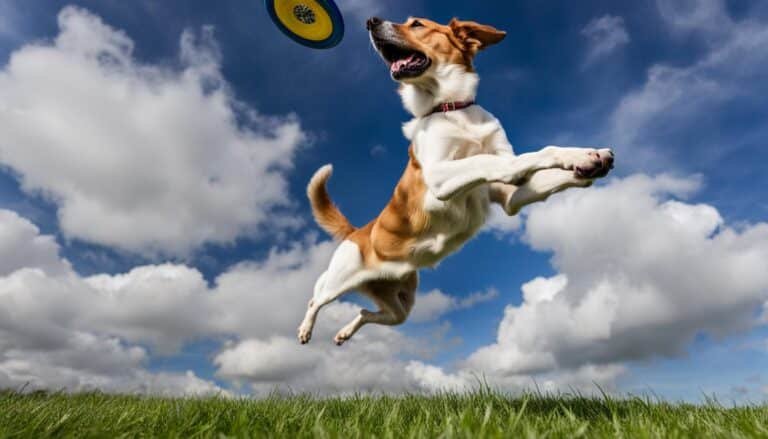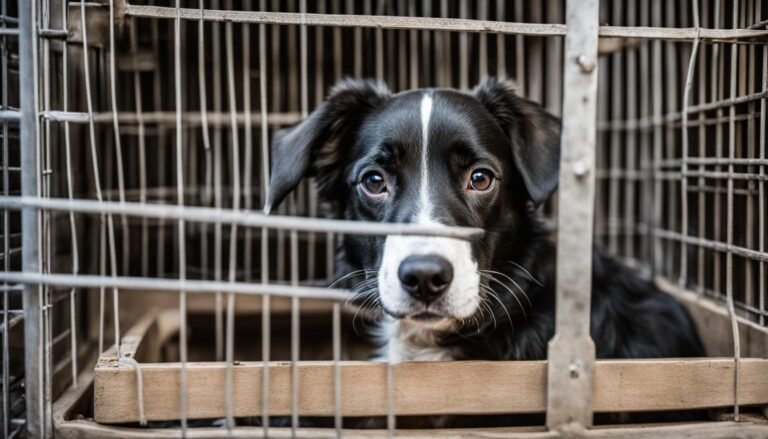When to Start Dog Obedience Training
Bringing home a new puppy is an exciting and joyful experience. Their adorable little face, wagging tail, and playful antics bring happiness and laughter into our lives. But along with the cuteness comes the need for guidance and training. Just like children, puppies need to learn proper behavior and boundaries.
Meet Max, a lively Labrador Retriever puppy who couldn’t wait to explore the world around him. His sweet nature and boundless energy made him an instant hit with the family. However, his mischievous nature also meant that he needed some guidance.
From the moment Max stepped into his new home, his family knew they had to start his obedience training journey. They understood the importance of starting early to instill good behaviors and set expectations. Training would help Max become a well-behaved adult dog.
They learned that the best time to start dog obedience training was around 8 weeks of age, which is the typical age when puppies are ready to join their new families. This early start would lay the foundation for a lifetime of good behavior.
Max’s training sessions included basic commands like sit, stay, and come. Socialization and potty training were also important parts of his training routine. Through consistency and positive reinforcement, Max quickly learned to respond to his family’s cues.
As Max grew, his family noticed how well-behaved he was compared to other dogs his age. It was all thanks to their commitment to training and the bond they had formed with Max. They practiced training sessions in various environments to help Max generalize his commands.
Max’s story teaches us that starting dog obedience training early is essential for a well-behaved and happy dog. It sets the stage for a lifetime of good manners and strengthens the bond between owner and pet. So, if you’re bringing home a new puppy, remember the importance of early training and enjoy the journey of watching your furry friend grow into a well-rounded companion.
Using Food for Training
Food can be a powerful tool in training your puppy. Using food for training allows you to incorporate reward-based training into your puppy training schedule. By using your puppy’s regular meals as training sessions, you can keep their attention and create a positive association with following your commands.
One effective method is to keep a treat pouch handy during training sessions. This allows you to provide immediate rewards for desired behaviors and helps in redirecting any unwanted behaviors. By using food as a reward, you can reinforce good behavior and motivate your puppy to continue learning.
Remember, as your puppy grows older and becomes more accustomed to following commands, it’s important to wean off food rewards gradually. This helps your puppy transition to responding to verbal and physical cues without the need for constant food reinforcement.
To enhance your understanding, here is an image that depicts food being used as a training reward:
Incorporating food into your training sessions can make them more enjoyable for both you and your puppy. Experiment with different types of treats to find what motivates your puppy the most. Remember to choose treats that are small, easy to chew, and digestible.
By harnessing the power of food in your training sessions, you can make the learning process fun and rewarding for your puppy, setting them up for success in their obedience journey.
Being Patient and Consistent
Puppy training can sometimes be a challenging process, but it’s crucial to be patient and consistent throughout. Remember, your puppy is still learning and developing, so it’s natural for them to make mistakes and get easily distracted. By maintaining a patient and understanding attitude, you create a positive and nurturing environment for your puppy.
One key aspect of successful puppy training is consistency. Establishing a consistent daily schedule for your puppy is essential for their learning and understanding of expectations. This schedule should include regular potty breaks, designated feeding times, dedicated playtime, and focused training sessions.
Consistency ensures that your puppy knows what to expect and when, which helps them develop a sense of structure and routine. It also establishes clear boundaries and reinforces positive behaviors. When your puppy knows what is expected of them consistently, they are more likely to respond and learn effectively.
During training sessions, it’s important to maintain a positive and encouraging attitude. Using positive reinforcement techniques such as treats, praise, and playtime helps your puppy associate desirable behaviors with rewards. This method not only motivates them to engage and participate in the training process but also strengthens the bond between you and your furry friend.
Remember, patience and consistency are the keys to successful puppy training. Keep in mind that each puppy learns at their own pace, and it’s essential to adapt the training approach to suit their individual needs. Stay positive, remain consistent, and celebrate each milestone, no matter how small. Your patience and dedication will pay off with a well-trained and well-behaved companion.

Practice Makes Perfect
Just like with any skill, practice is key in puppy training. Short, frequent training sessions are more effective than one long session as puppies have limited attention spans. For young puppies, aim for training sessions of 5-10 minutes, while older puppies can handle 10-15 minute sessions. By keeping the sessions short, you can ensure that your puppy stays engaged and retains what they have learned.
Mealtime can be a great opportunity to practice commands and reinforce good behavior. Before feeding your puppy, ask them to sit or stay, and only give them their food once they have followed the command. This not only helps ingrain obedience but also adds structure to mealtime and prevents mealtime behavior problems.

As your puppy grows and receives their vaccinations, it’s important to introduce training routines in different outdoor locations. This helps your puppy generalize their training to various environments and exposes them to different distractions. Practice the commands you’ve taught your puppy in different parks or public spaces to encourage consistent behavior in real-world situations.
Remember, consistency and positive reinforcement are key in puppy training. Celebrate your puppy’s progress and reward them for their efforts. Keep practicing regularly, and over time, you’ll see your puppy’s training improve and behaviors become more predictable and reliable.
Choosing the Right Obedience Training Classes
Obedience training classes can be a valuable investment for both you and your puppy. When selecting a class, there are several factors to consider that will help you make the right choice.
Distance
Begin by deciding whether you prefer a training facility that is close to your home or one that requires a longer commute. Consider your schedule and how easily you can travel to the class on a regular basis.
Training Methods
Research and understand the different training methods used by instructors. Some trainers may focus on positive reinforcement, while others may incorporate various techniques. Choose a method that aligns with your beliefs and goals for your puppy’s training.
Instructor Compatibility
Compatibility between you and the instructor is important for effective training. Ask for recommendations, read reviews, and consider observing a class before enrolling. This will give you insight into the instructor’s teaching style and how comfortable the dogs and owners appear.
Certifications and Expertise
Check if the trainer holds any certifications or belongs to professional organizations related to dog training. This can assure you of their expertise and dedication to their craft. Additionally, understand the difference between trainers and behaviorists, as their roles and expertise may vary.
Home Training vs. Group Classes
Decide whether you prefer one-on-one attention provided by home training or the benefits of group classes, such as socialization and distractions. Both options have advantages, so consider which environment suits your puppy’s needs and your training goals.
Now that you’re aware of the factors to consider, it’s time to choose the right obedience training class for your puppy. Take your time, ask questions, and remember to consider your specific needs and goals for training. Investing in a good training program will contribute to your puppy’s overall development and behavior.
Types of Obedience Training Classes
There are various types of obedience training classes available, offered by different training schools. Most schools have a series of puppy classes starting from as young as 8 weeks old. These classes often progress to programs such as AKC STAR Puppy, AKC Canine Good Citizen certification, and advanced obedience classes.
Puppy classes focus on teaching basic commands, socialization, and good manners. They provide a foundation for the Canine Good Citizen (CGC) certification, which demonstrates that a dog has undergone obedience training and behaves well around people and other dogs.
Dog sports classes, such as agility and rally, can be pursued after completing basic obedience training. These classes allow dogs and their owners to engage in fun and challenging activities while further developing their training and communication skills.
Puppy Training Timeline
Puppy training is an essential part of their development, and it’s never too early to start. The training timeline typically begins when your puppy is 7-8 weeks old. At this stage, you can introduce basic cues such as sit, stay, and come. Additionally, leash training, general handling exercises, and crate training can begin during this time.
As your puppy reaches 10-12 weeks old, it becomes crucial to focus on biting prevention training and potty training. Teaching your puppy appropriate bite inhibition and providing consistent potty training guidance will set them up for success. Remember to use positive reinforcement and consistency throughout the entire training process to encourage good behavior.
By the time your puppy reaches 6 months old, they enter the adolescence stage and training should be tailored to strengthen their skills in public and distracting settings. It’s important to expose them to various environments and continue reinforcing the basic cues they have learned. Keep in mind that every puppy learns at their own pace, so be patient and adapt the training timeline to suit your puppy’s individual needs.
